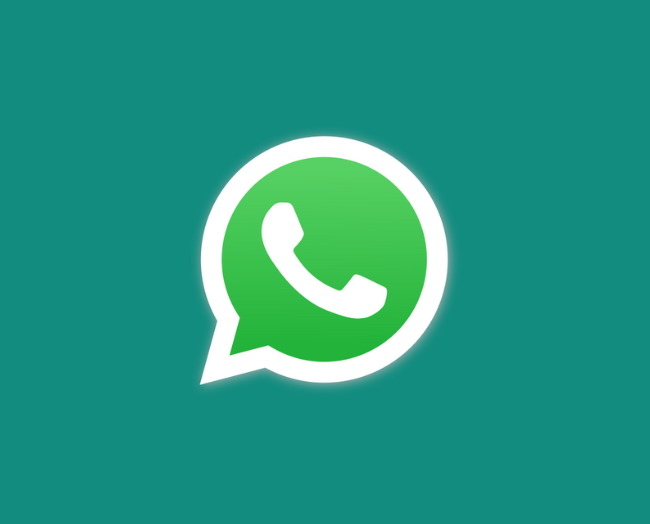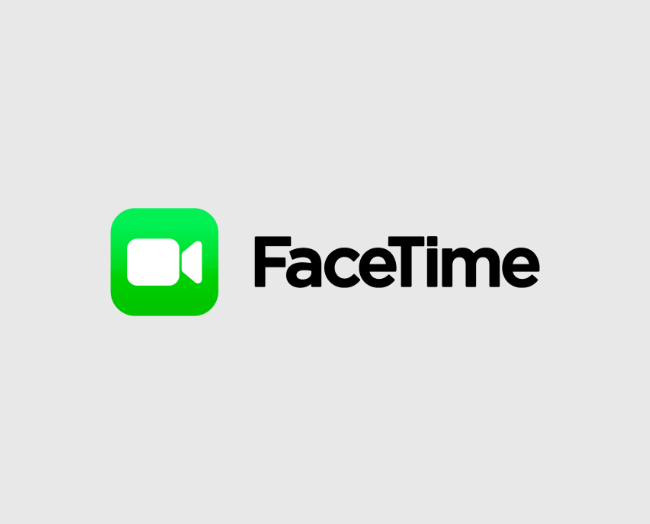We live in an era where instant communication plays a crucial role in both our personal and professional lives. For nearly two decades, Skype has been a leading platform for voice and video calls, setting the global standard for online communication with its strong instant messaging features. However, the Skype shutdown has now been confirmed—on May 5, 2025, the platform will be permanently closed. Read on to discover why this is happening and explore the best alternatives to stay connected.

Skype’s Shutdown is on the 5th of May
Microsoft has announced that they are going to be shutting down the platform on the 5th of May, encouraging existing users to switch to Microsoft Teams. The company has released a statement, saying that they are retiring Skype so that they can put a bigger focus on their communication and collaboration hub, with Microsoft Teams showing immense potential for the future. To help facilitate the migration, Microsoft is going to allow users to sign in to Microsoft Teams, using their Skype credentials.
When users have signed in, previous Skype chats will be shown, and contacts will be moved to Teams. This feature is going to be available to Skype and Teams users, but there is hope that this is going to expand at a later date. Those who don’t want to use the Teams platform, have the option to export their Skype data, but after May 5th, they won’t be able to use the application anymore.
New customers will not be able to make or receive international or domestic calls. Pay-as-you-go credit will come to an end, as will subscriptions. Current subscribers will be able to use the credit that they have until the end of the renewal period. Skype Credit is going to be accessible until the shutdown deadline, but it is not clear whether any unused credits will be refunded.
The Creation of the Skype Platform
Skype was created by Janus Friis, Niklas Zennström, and four other Estonian software developers. After the platform launched in 2003, it became very popular, as users could talk to colleagues, friends, family, or clients without paying extortionate long-distance charges. By 2005, the platform had 40 million users and was purchased by eBay for $2.6 billion. Microsoft bought the service in 2011, for $8.5 billion. The unfortunate reality is that Skype quickly lost ground to Zoom, with the pandemic being a driving factor behind its demise. Even though Skype has been an integral part of modern communication, Microsoft has decided that it is now time to move on.
Source: Pexels
Skype Had A Huge Impact on the Digital Landscape
Skype was once at the forefront of the video conferencing boom, showcasing how rapidly technology could evolve and reshape communication. As tablets, smartphones, and computers advanced, Skype became an essential tool, growing from humble beginnings into a global phenomenon. With its user-friendly interface and game-changing features, it set the gold standard for online communication.
However, as mobile apps like Messenger, Facebook, and WhatsApp gained popularity, Skype held its ground—until Zoom emerged. Its slow decline began as users migrated to platforms offering better mobile integration and modern features. Now, with the Skype shutdown confirmed, it’s clear that the communication landscape has shifted, paving the way for more adaptable and innovati
Delving into Skype’s Struggles
Even though Skype was hugely successful, it was not without its struggles.
Competition from Instant Messenger Apps
WhatsApp, Facebook Messenger, and even Telegram quickly gained popularity on the market, and this meant that Skype had less value in the current market. Apps like this came with integrated features, including the option to text, as well as make voice and video calls. It did so in a way that was more mobile-centric, too. Skype, however, at the time, was perceived to be clunky and catered to desktops.
A Monumental Shift in Communication
When you look at recent years, it’s easy to see how Skype has pivoted to be more business-centric. This is especially true when you look at Teams. Microsoft Teams gave businesses the chance to share files, initiate chats, and conduct video conference calls without having to change platforms. This made it very attractive to corporate clients, and it also hurt Skype’s ability to retain the user base it once had.
Security and Privacy
Skype was plagued with security lapses, and it was also very vulnerable to hacks. Competitors offered features like end-to-end encryption and more secure solutions. This began to appeal to users who might have been a bit more conscious of their privacy. Even though Skype had a connection to Microsoft, which was good for some, it also highlighted additional concerns. Microsoft itself had been the target of several controversies regarding privacy, which added fuel to the fire.
User Experience and Innovation
While Skype might have been a bit of a trailblazer in the early years, the platform quickly became outdated, and this resulted in several issues. Zoom and Google Meet pivoted faster and went as far as to include things like virtual backgrounds and meeting scheduling, providing a more intuitive user experience overall.
Why did Shutting Down Skype Make Sense?
Microsoft bought Skype for billions, and now it seems that they are pulling the plug on its investment. With that said, there are a few key reasons why shutting it down makes total sense right now.
Consolidating Communication
It’s Microsoft’s vision to try and centralise communication tools. They want to do this with a focus on the Microsoft 365 suite. Teams allow people to conduct voice and video calls, share files, and more, with several unique features available. If Microsoft can streamline its communication platforms and invest heavily in them, it will compete better with business communication platforms like Slack, stopping it from experiencing the same demise as Skype.
Collaboration and Hybrid Working Models
Microsoft Teams is becoming the solution for workplace collaboration. As time goes on, businesses are quickly shifting to hybrid working models, and Microsoft Teams provides a comprehensive toolkit to aid with this collaboration. Skype was more of a personal-use tool, which greatly impacted its potential.
Declining Numbers
Lastly, declining numbers were a big concern. In 2025, Skype had shrunk considerably. The app had lost millions of users to other platforms. Even though it did have a dedicated user base, it simply wasn’t dominating the market like it once did, and this made it an unviable platform for future investments.
Exploring the Best Alternatives to Skype
While Skype might be winding down, there are a lot of other platforms out there that will certainly fill the gap. You can find some of the top alternatives to consider below.
Zoom

Zoom is by far one of the most popular video conferencing tools out there. It’s got high-quality video, is especially suited to corporate use, and has a number of robust features. This helps to make it a great choice for personal video chats and business meetings. You can get free meetings for up to 40 minutes. You can end the meeting after that, or you can disconnect and restart to get an additional 40 minutes. If you pay for the Pro tier, you can have unlimited meeting durations.
Microsoft Teams

This might be an obvious choice, but Microsoft Teams is another viable option. Teams is Skype’s natural successor, with integrated communication features that include file sharing, project management, and video. You also have a number of chat features, with future plans
set to make the platform bigger and better.
Google Meet

Google Meet, which is integrated into the Google Workspace Suite, provides a solid and reliable video conferencing solution. It is great for group calls, and the fact that it integrates well with Google Calendar is a testament to how useful it can be, and how much potential it has.

WhatsApp is one of the most popular messaging apps in the world. With free voice and video calls, along with text messaging to anyone, it’s a solid choice. It also has end-to-end encryption, making it one of the best options for those who are a little more privacy-conscious.
FaceTime

Another option would be FaceTime. FaceTime is an excellent alternative as it allows you to conduct high-quality video calls. The only downside is that it is only available on Apple devices, so it’s not suited to business calls. If you are invested in the Apple ecosystem, however, you should find this to be a viable option.
The Skype shutdown truly marks the end of an era. Once a pioneer in video and voice calls, Skype struggled to keep pace with evolving trends and rising competition. With Microsoft shifting its focus to Teams, the decision to retire Skype makes sense. Fortunately, plenty of alternatives exist for casual users. As Skype fades into history, newer and more innovative platforms will take its place—ushering in an exciting new chapter for digital communication.


